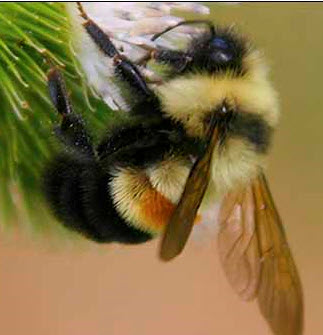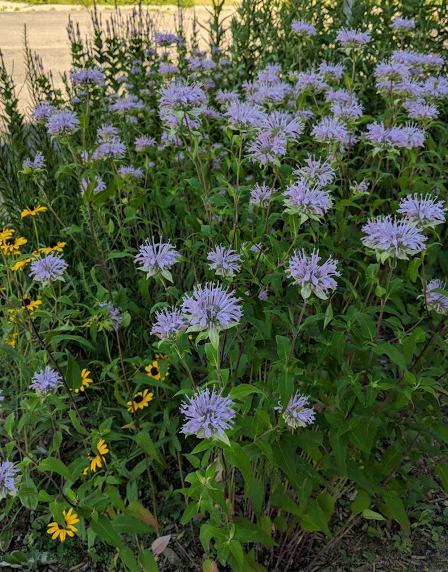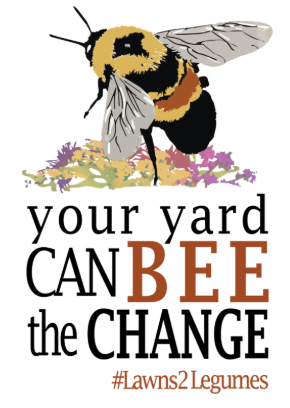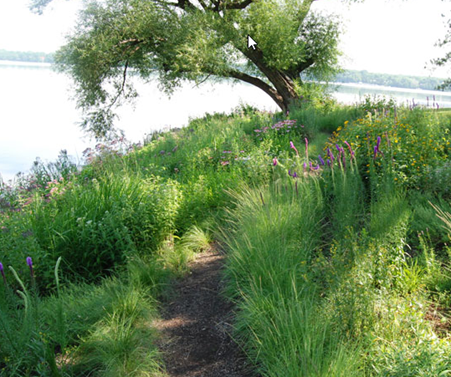Click below to listen to my 2 min. Garden Bite radio show: Rusty patched bumble bees and renovating your lawn for natives
I’ve talked about the Rusty patched bumble bee before but it bears repeating! RPB bee, as I’m calling him, has declined by 87 percent in the last 20 years. The species is likely to be present in only 0.1% of its historical range.

There are many potential reasons for RPB bee decline including habitat loss, intensive farming, disease, pesticide use and climate change. With the odds seemingly stacked against this beautiful bumble bee, there is a role everyone can play in conserving this beneficial pollinator.
For starters, if you make resolutions, resolve to add more native plantings. Even if you take out just a small portion of lawn, you’re helping. There are so many wonderful plant choices. Check out my list (which is not complete but helpful!) Of Plants and Pollinators plant list – Teri Knight

More and more, municipalities WANT homeowners to lose the lawn. In fact, as mentioned, the State of Minnesota is offering grants to some homeowners and landowners to help facilitate native plantings. The Lawns to Legumes program offers a combination of workshops, coaching, planting guides and cost-share funding for installing pollinator-friendly native plantings in residential lawns. Minnesota residents (sorry Wisconsin) can apply to be reimbursed for up to $350 in costs associated with establishing pollinator habitat in their yards. Applications for the first round of funding will be accepted through February 28, 2020. Click HERE to apply.
Funding decisions and all notifications will be emailed in March for Spring 2020 installations.

So what do these plantings do? They support the multiple insects that support our food and ecological systems that are at serious risk. Pollinator plantings also provide water quality, carbon sequestration and other ecosystem benefits.

